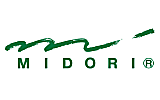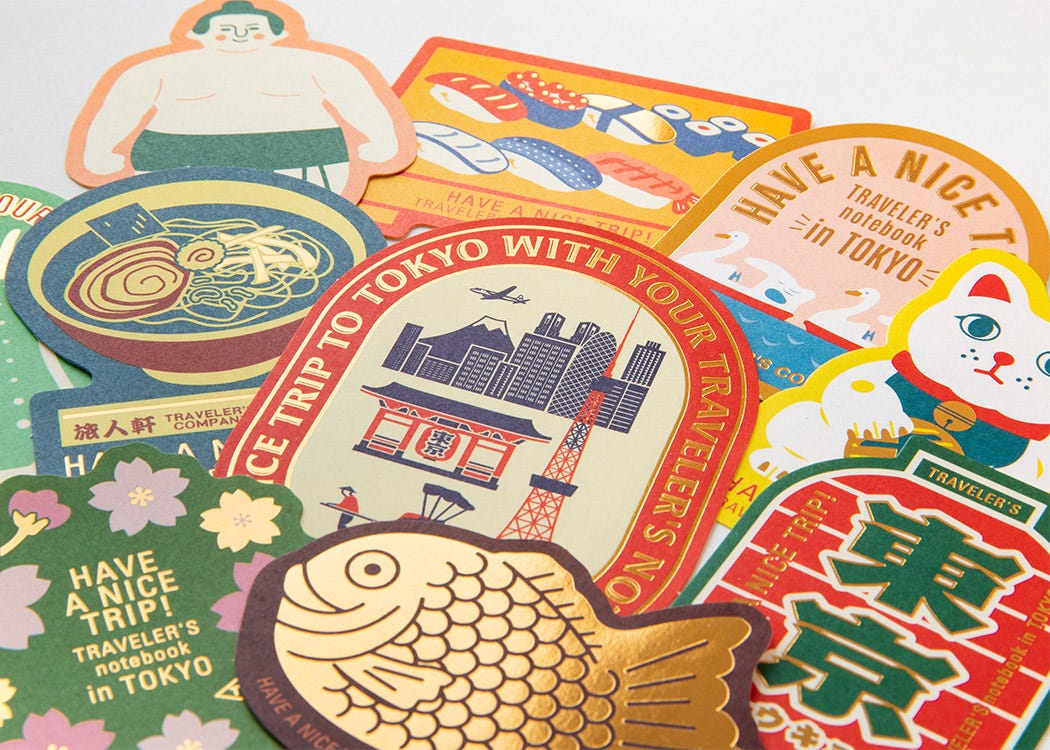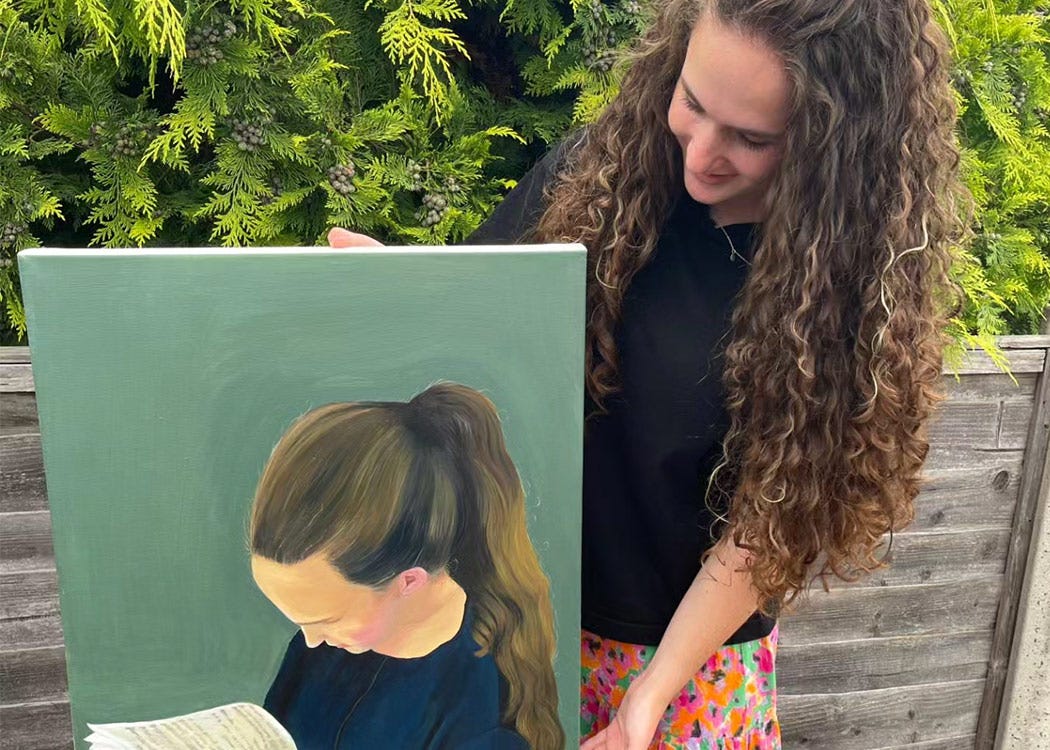War paint: The battle of Acrylics vs Oils vs Watercolours


Photo Credit: © Zachary Heinzerling (Source)
Ladies and gentlemen…
In tonight's contest between the heavyweights of the painting world, we have a three-way fight between…
Watercolours in the red corner
Acrylics in the blue corner
And oils in the green corner
Who will win this knockout bout and be crowned the Champion Paint of the Artistic World?
Seconds out. Round one! Ding! Ding!
Let the contest commence...
What is paint?
All paints start with pigment.
At their most basic level, all three types of paints contain this same key element. The main difference between them lies in how they carry this pigment in their binding medium. It is this that not only holds the otherwise dry pigment together but also gives each paint its body and characteristics.
Let's look at oil paints' form first.
Oil paints
As the name suggests the pigment in oil paints is suspended in oil, usually linseed oil, and it's this that sets these paints apart.
Clean-up
Your clothes may take quite a few cycles in the washing machine should you drop or smear any, and you'll need to have some kind of solvent or turpentine to clean your brushes. These toxic cleaners can be dangerous (flammable) and need to be disposed of carefully.
Drying time
Oils take a long, long time to dry – we're talking from six months to a year. Even when the oil paint feels dry to the touch, under the surface it will most definitely not be. This is far from being a bad thing for painters. It allows you to work at your paint for long periods, blending paints to a stunning effect. This smooth blend is perfect for portrait painting when the subtle shading of the face can need constant revisiting and tweaking.
With oil you can start a painting and then come back to it the next day – the paint on the palette will still be wet and pliable and the colours on your canvas can still be blended. Having said that, the wetness of oils also increases the risk of dust or bugs becoming an integral part of your masterpiece, particularly if you are painting outside. And it can be hard to achieve a crisp edge: you'll need a lot of patience to wait until the next day to avoid 'muddying colours' when trying to add emphasis.
The colour of money
In terms of cost, oil is the most expensive paint.
The oil in oil paints is corrosive. This means you need to prepare the surface of your canvas yourself or invest in a more expensive pre-primed canvas.
Depth
Oils are best used to demonstrate solidity and plasticity. Light refracts through the layers of oil paint as it is worked and reworked, creating a luminous sense of depth.
Staying power
Oil paintings last — many famous masterpieces date from before the Renaissance and still look in great shape. But the slight yellow tinge, caused by the oil, can deepen as oxidation occurs over time.
Browse our range of oil paints and accessories
Oil pro tips
Here are some tips to avoid your canvas suffering from glossy areas – where the oil has not sunk in – and matt areas – where it has.
You can 'oil out' the area of the painting you are working on by adding oil to the paint film and cutting down on the use of thinners, such as turpentine.• In classical painting oils are built up in layers.
The first of these layers is known as the 'dead colouring layer'. It is applied using oil paint thinned with turpentine on an absorbent gesso ground. This helps to soak up the oil, speed the drying time and give local colour to the painting.
Each particular pigment needs a different amount of oil mixed with it. This gives it a different drying time. Earth colours, such as burnt umber, dry rapidly but ivory black takes a long time. You can add a siccative to the paint to speed up the drying process.
Watercolours
Watercolour pigments are suspended in gum arabic, and also available in the form of a hardpan, or block, which is soluble with water (and rather handy for travelling).
Clean up
You'd be hard pushed to ruin either your clothes or your brushes with watercolours. It's no big deal if you forget to rinse those brushes – just give them a rinse before you start painting again. And a splodge on your jeans is easy to remedy with just tissue and a dab of water.
Drying time
Watercolours dry super-fast but this needn't mean you waste paint: any leftover dried paint on your palette will be at your service again when you add water to it.
The colour of money
This lack of waste, and the relatively low cost of the paints themselves, make watercolours a very cheap choice. There's no need for any other equipment either: just kit yourself out with a good set of brushes, a set of paints and some watercolour paper and you are good to go.
What's more, watercolours go a long way. It's easy to paint large areas and there's no need to fill all the available space with colour. A painted face stands out against the white background of the unpainted paper.
Transparency
Watercolour paint has an inner brilliance and clarity of colour that is often lacking in its rivals. This is largely due to its transparency.
Other paints reflect colour directly off their surface but watercolours tones and hues are a result of light bouncing off the white paper beneath them and reflecting up. This provides them with a backlit quality and also enables you to achieve tonal effects by the addition of water. By layering one colour over another you can add richness, mix colours and add effects.
But, this transparency is also the reason that watercolours are often said to be the hardest paints to master. You can't just paint over an area where a mistake has been made – it's a bit like living in a glass house and being permanently on show. Compared to the tactile opacity of oils, watercolours may work by adding layers but they struggle to add a sense of depth. And that robust quality of oils is replaced by a delicate surface that a simple drop of water could ruin.
Browse our range of watercolour paints and accessories
Watercolour pro tips
Paper is in many ways just as important as paint when you use watercolours.
Surfaces must be water-absorbent and capable of accepting multiple washes of colour. This means that appropriate papers and surfaces are typically heavier. You can stretch your paper so that it better absorbs washes of colour. Soak the paper in a bath of water, and while damp, use staples or heavy tape to stretch it on a board. As the paper dries, it slightly shrinks, producing an ideal taut surface for painting.
Darker values and intense colour effects are achieved by applying multiple layers. Make sure you let each layer of colour dry before the next wash. The result is a glazing effect, with colours underneath still showing through.
Lighter values are developed with minimal applications, thanks to the white of the paper, so get those colours right the first time if you need a light effect.
Acrylic
In many ways, acrylic occupies the middle ground between watercolours and oils. Its pigment is suspended and bound in a plastic-based carrier – to get all scientific it's a water-based plastic polymer resin.
Unlike oils, but just like watercolours, acrylic paints dry quickly and can be thinned and cleaned up with water. Unlike watercolours, but just like oils, once dry an acrylic paint will stay dry.
Clean up
Your brushes – and clothes – can be cleaned easily with soap and water, but this must be done immediately. Any dried acrylic paint will be incredibly hard to shift.
Drying time
Acrylics dry fast and this means you too must work fast. If oil paints are the paints of an age where life was more leisurely, acrylics (which have only been around 50 years) are a product of the rushed modern age. Blending with acrylics can be frustrating as a result. If you are working on a large painting it can be practically impossible to work the canvas as a whole to achieve a unified look.
Acrylic paints have a very shiny, almost plastic, finish. They dry flat, despite any texture when wet. They also dry slightly darker, making it difficult to mix the colours for an already dry section of a painting.
The colour of money
Acrylics are more expensive than watercolours but cheaper than oils. Do bear in mind, however, that acrylics dry fairly quickly and there will be no rescuing any of that paint left on your palette.
Your flexible friend
Acrylics are versatile: dilute them with water to create a watercolour-style wash or use them straight from the tube and they'll behave more like oils. They are suited to applying detail and adaptable enough to do this on paper, card, canvas board and pretty much whatever you have to hand.
Colourfast?
According to projected laboratory tests acrylics won't fade in time like watercolours nor will they yellow like oils. Yet, there is a more immediate colour shift with acrylics as they dry. The paints dry darker: with practice, you can learn to judge this shift but it does take a while.
Browse our range of acrylic paints and accessories
Acrylic pro tips
Here are some ways you can give yourself a little more time before your acrylics dry.
Squeeze out more paint from the tube. Add a retarder to keep the acrylics wet for longer – but don't add more than 15% or the paint will be affected. Use a stay wet palette to keep the paints moist.
Who will be crowned the Champion Paint of the Art World?
It's down to the judge's now.
After 12 rounds there's no clear winner and this is a battle that could roll on all night.
How do you rate them?
Oils, watercolours or acrylics?













